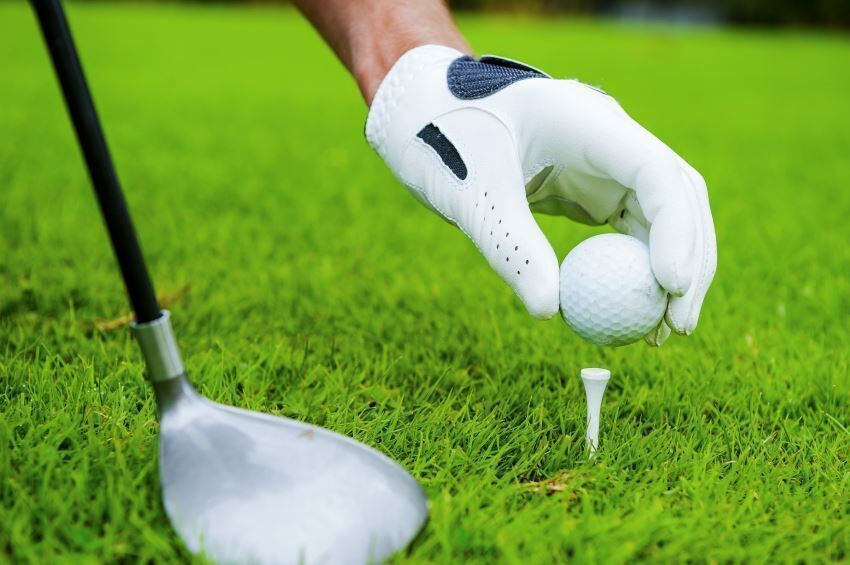The History of Pinnacle Golf Balls & They’re Impact on the Sport

In 1972, golf changed forever. Titleist unveiled the two-piece golf ball, and a revolution in long-distance drives followed. So, too, did another, less pricey version of the ball designed for the amateur. Its name was Pinnacle, and it remains the ball of choice for millions of golfers.
Who Makes Pinnacle Golf Balls?
Achushnet Company, the Fairhaven, Massachusetts, parent company that owns Titleist and Pinnacle, has used Pinnacle to provide accessible golf balls that focus on distance to help amateur and high-handicap players. Together, Titleist and Pinnacle command a large share of the American golf ball market.
Pinnacle's niche as the most affordable long-distance ball took shape from the very start in the 1970s. The earliest versions earned players' thumbs-up for distance, but earned complaints that the Pinnacle felt like a rock. Over the years, that has changed. Today, Pinnacle’s “Rush” and “Soft” models both promise great feel.
Evolution of the Golf Ball
The Pinnacle followed a chain of game-changing golf-ball innovations throughout the game’s history. In 1618, golfers used the "feathery ball” which was a stitched, leather-covered ball stuffed with goose or chicken feathers. Next came the gutta-percha ball — also known as the “guttie” — in Scotland in 1848. Its key element was the latex-like gutta-percha sap from a common Malaysian tree.
A quantum leap in golf-ball development came in 1898, when Ohio golfer Coburn Haskell invented the rubber golf ball. Haskell wound rubber thread around a solid rubber core to produce a ball that could go longer distances and was more forgiving.
The United States Golf Association (USGA) enacted standards for golf ball weight and size in January 1930, weight set at a maximum of 1.620 oz. with a diameter no less than 1.680 inches. The modern golf ball was born, and all the innovations to follow had to take those standards to heart.
Building the Two-Piece Ball
The Pinnacle, one of the earliest two-piece balls, featured a solid rubber core and a long-lasting thermoplastic resin cover, but complaints about the ball's hardness soon arose. Although the Pinnacle proved popular from the start, the company went back to the drawing board to create a "softer-feel" ball without sacrificing distance.
As Pinnacle, Titleist, and other golf-ball manufacturers brought out their two-piece balls, the competition pushed further advancements in the technology. When Spalding found that that a combination of zinc and petroleum polymer polybutadiene struck a better balance between the ball's bounce and firmness, competitors followed suit.
Today
Today, Pinnacle continues to keep prices lower than competitors and convince players that the ball still offers the best bargain in both distance and feel. Compared to the Pinnacles of the 1970s, the ball has changed. Pinnacle balls these days have a thinner, far more pliable cover. The ball's core is larger than earlier incarnations, combining both distance and a softer touch on approaches and on the greens.